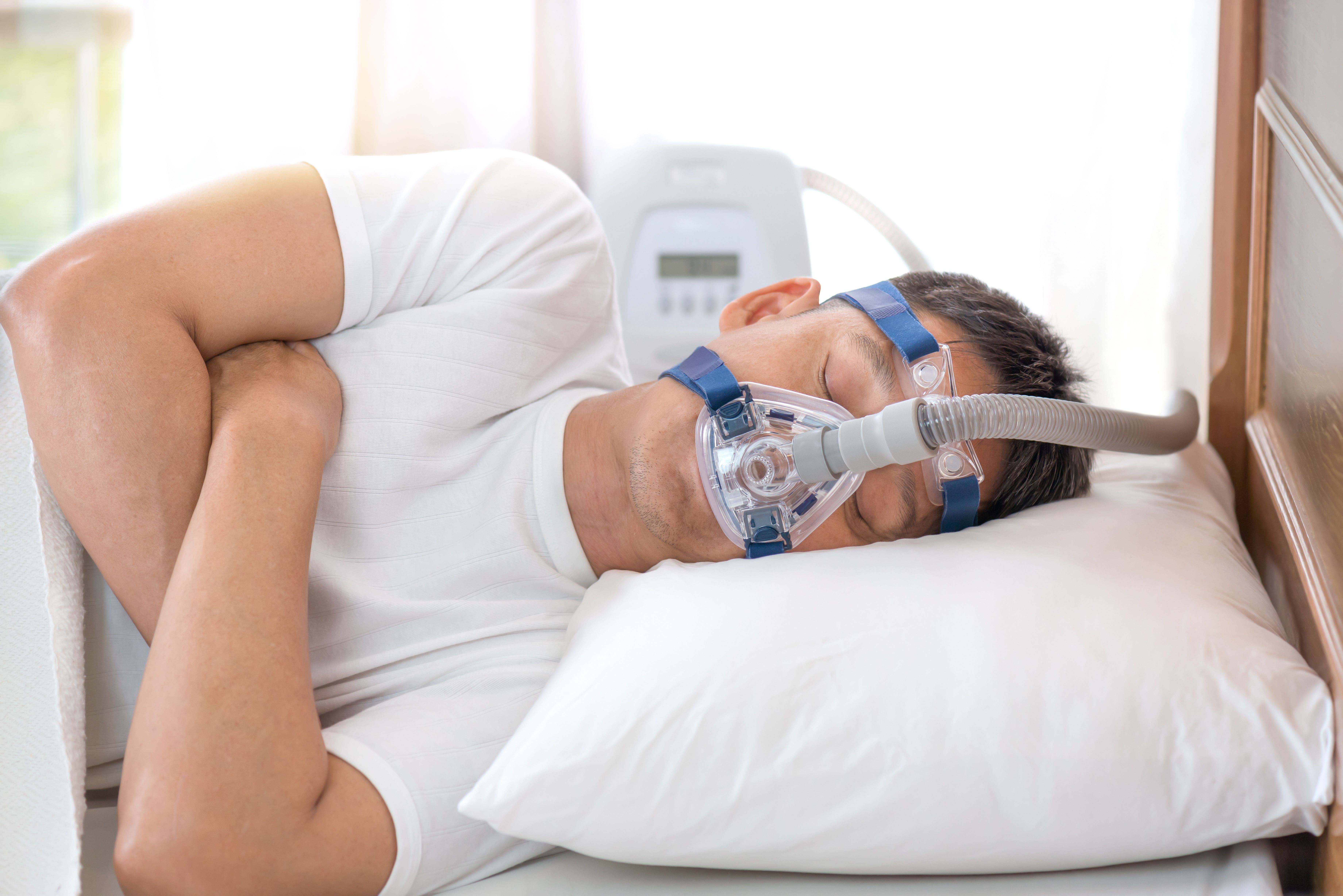News
Article
Global Prevalence of Sleep Disorders Demands a Team-Based Approach
Author(s):
Because medications to treat these conditions are often controlled substances, including pharmacists on the multidisciplinary team (MDT) is invaluable.
An estimated 1 billion individuals between the ages of 30 and 69 years globally have obstructive sleep apnea (OSA).1 OSA’s global prevalence is rising due to increased obesity, the major risk factor for the disease.2 Sleep is crucial to mental and physical well-being, and sleep disorders can contribute to both type 1 and type 2 diabetes, cardiovascular diseases, inflammatory conditions, anxiety, depression, and increased morbidity and mortality.3
Image credit: sbw19 | stock.adobe.com

Despite the impact of sleep disorders on overall health, they are still under-recognized and poorly treated, with many health care providers reporting poor awareness of these conditions. For practitioners to address the gaps between health care practices and evidence-based guidelines, best practice incorporates the use of a multidisciplinary team.3
A recent publication in Breathe underscores the management of many sleep disorders, such as narcolepsy, restless legs syndrome, sleep apnea, and insomnia, primarily through medication. Because medications to treat these conditions are often controlled substances, including pharmacists on the multidisciplinary team (MDT) is invaluable.4
The authors name key steps for pharmacists to manage sleep disorders. Importantly, in the UK, pharmacists can provide medication management under some circumstances, and this does affect the feasibility of the recommendations given by the authors. First, pharmacists should perform pre-treatment reviews of diagnostic tests (e.g., ECG and bloodwork) prior to pharmacotherapy, and ensure patients understand their disease and treatment care plan. Next, when prescribing medication therapy, the pharmacist plays a pivotal role in proper titration. This includes regular patient follow up and discussion with the physician.4
When patients respond well and tolerate medications, the MDT can transfer ongoing prescribing and monitoring back to the patient’s primary care physician, who might use a protocol requiring annual or other review timepoints. This protocol can significantly reduce the time for patients to reach a therapeutic dose and improved medication adherence.4
Pharmacists can drive positive patient health outcomes, correct medication use, and effective health care expenditure by engaging in various activities when managing sleep disorders:4
- Initiating, monitoring and deprescribing medication
- Patient counseling and education on medicine-related risks and benefits
- Collaborating with the care team in a variety of activities, including adherence monitoring
Beyond these more traditional roles, pharmacists can work with various charities and advocacy groups to develop new pathways for managing sleep disorders and further improve the standard of care.
About the Author
Carolyn Graziano is a Doctor of Physical Therapy and Healthcare Strategist, US, and a recent graduate of the UConn Medical Writing Certificate Program.
References
1. Benjafield AV, Ayas NT, Eastwood PR, et al. Estimation of the global prevalence and burden of obstructive sleep apnoea: a literature-based analysis. Lancet Respir Med. 2019;7(8):687-698. doi:10.1016/S2213-2600(19)30198-5
2. Lyons MM, Bhatt NY, Pack AI, Magalang UJ. Global burden of sleep-disordered breathing and its implications, Respirology. 2020;25:690-702.
3. Ashkanani FZ, Lindsey L, Rathbone AP. A systematic review and thematic synthesis exploring the role of pharmacists in supporting better sleep health and managing sleep disorders, Int J Pharm Pract. 2023; 31(2):153-164. doi:10.1093/ijpp/riac102
4. Clements J, Bowman E, Tolhurst R, et al. The role of the clinical pharmacist in the respiratory or sleep multidisciplinary team. Breathe. 2023; 19: 230123





